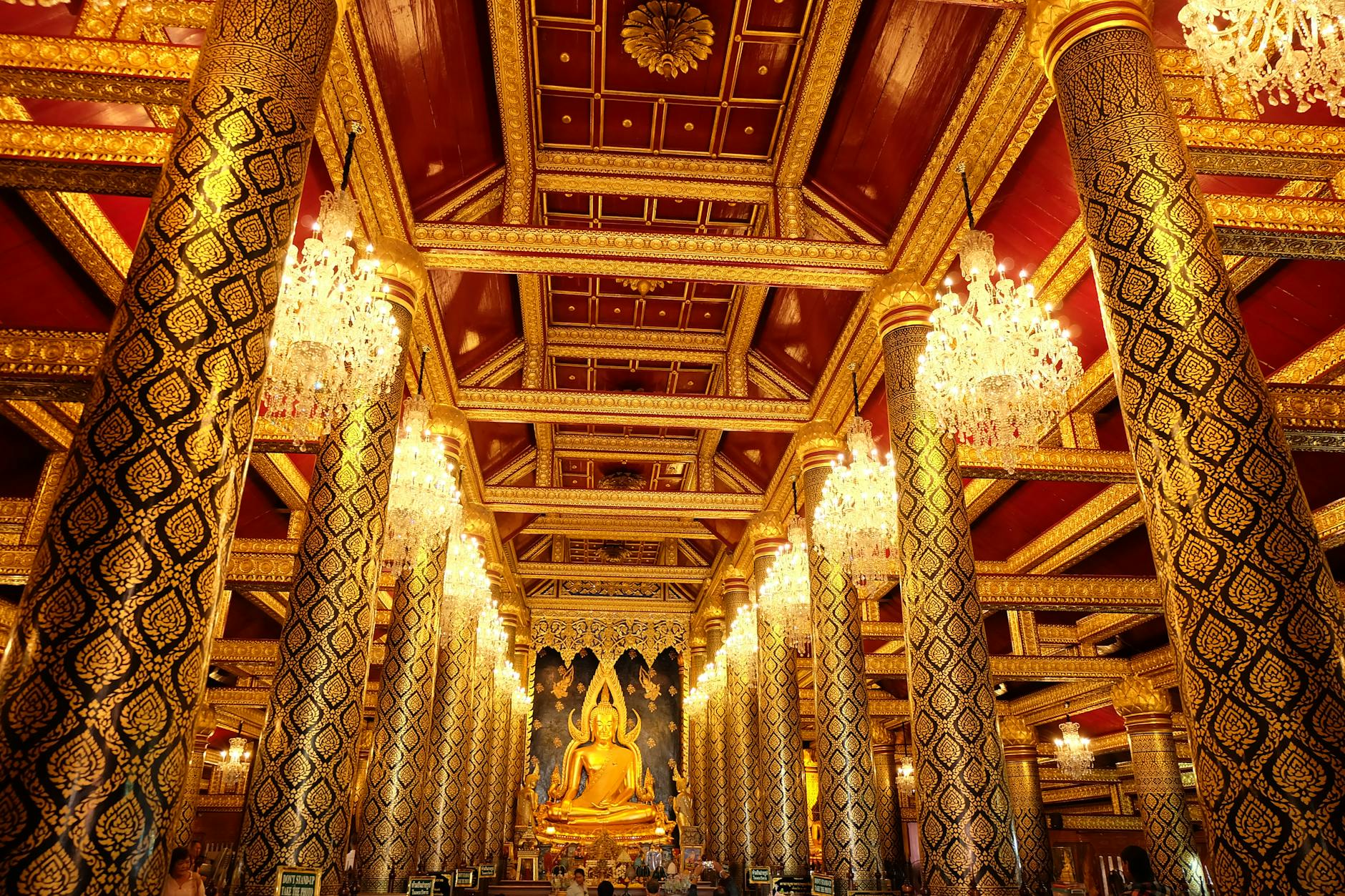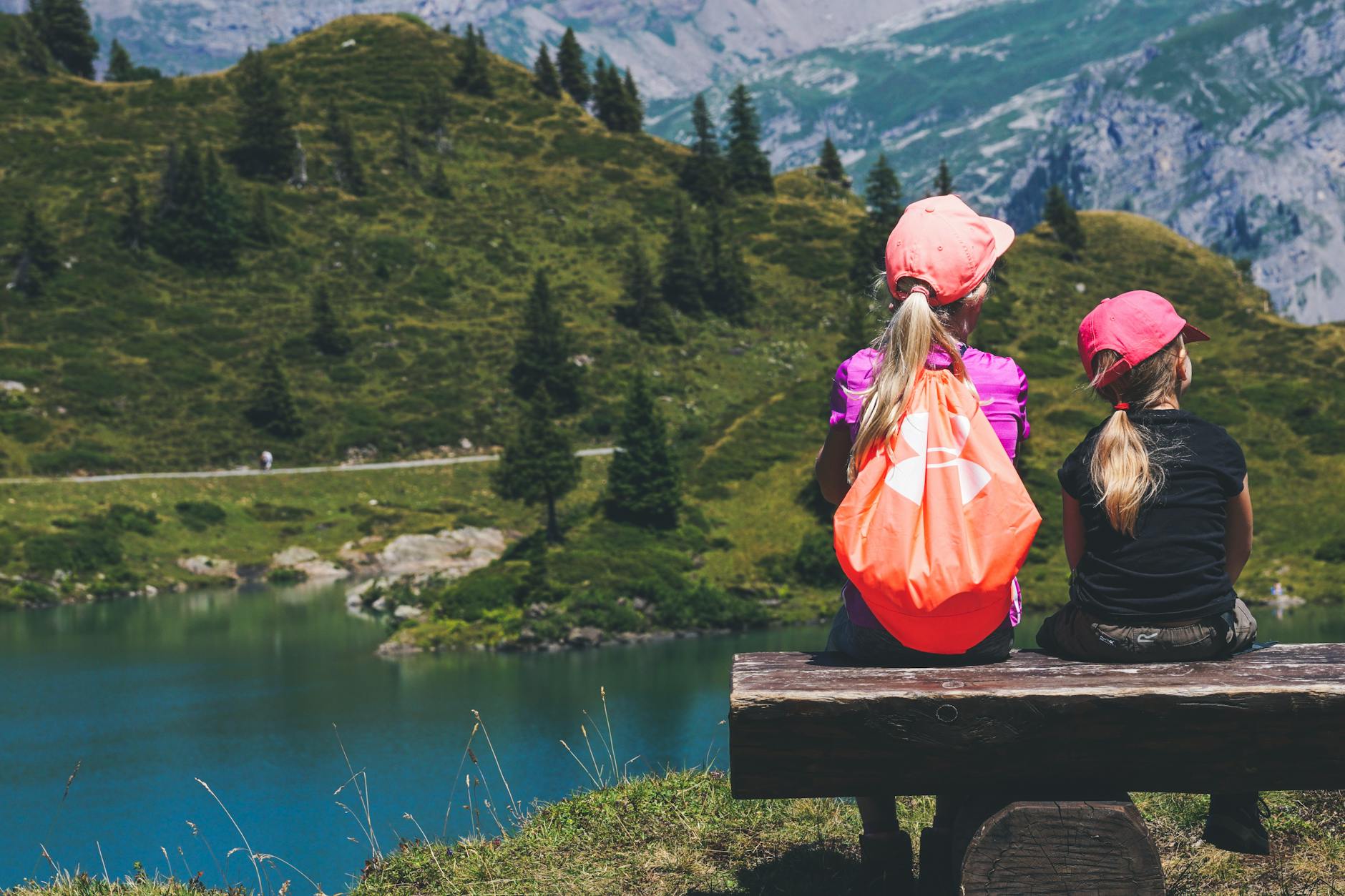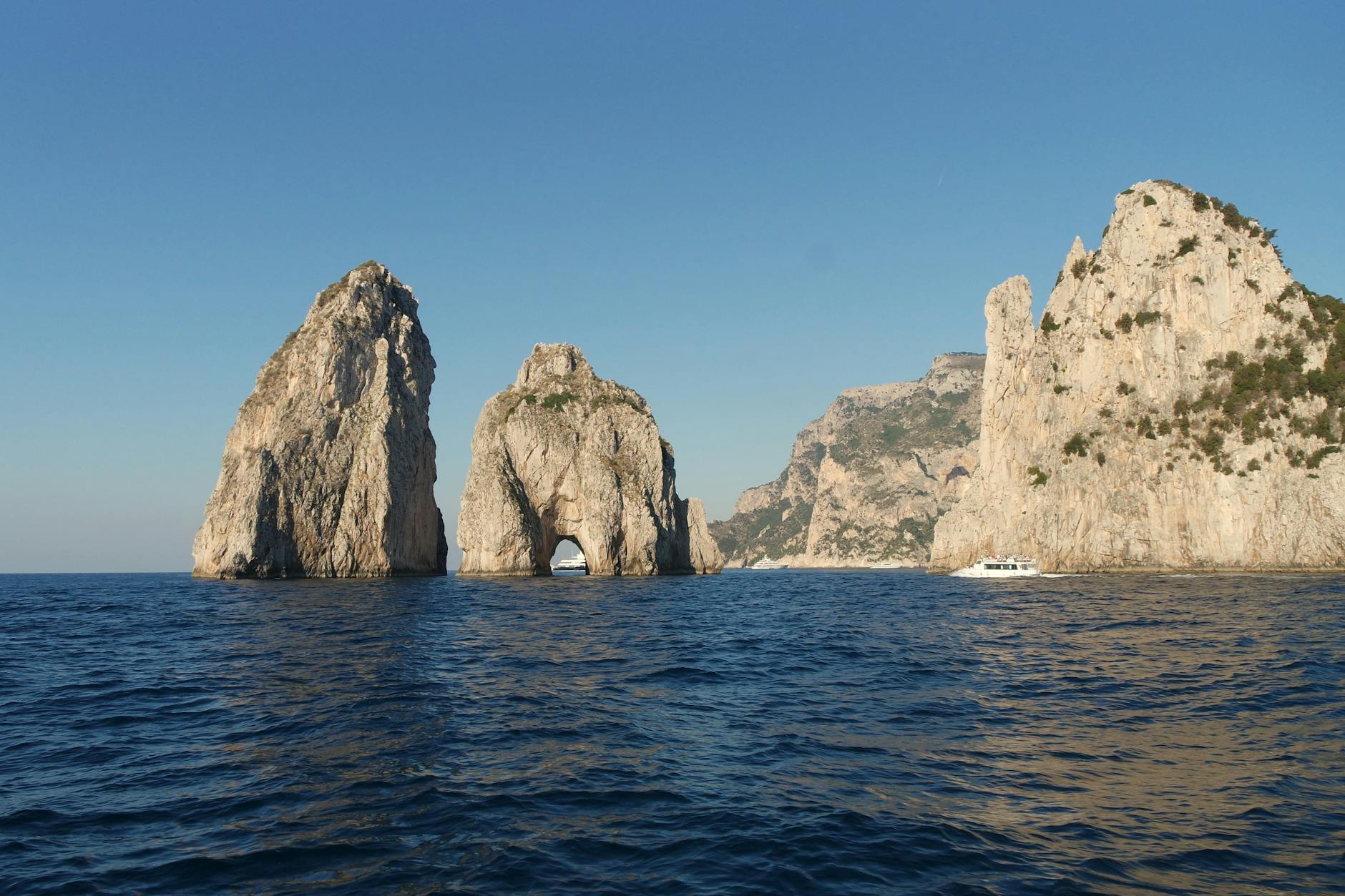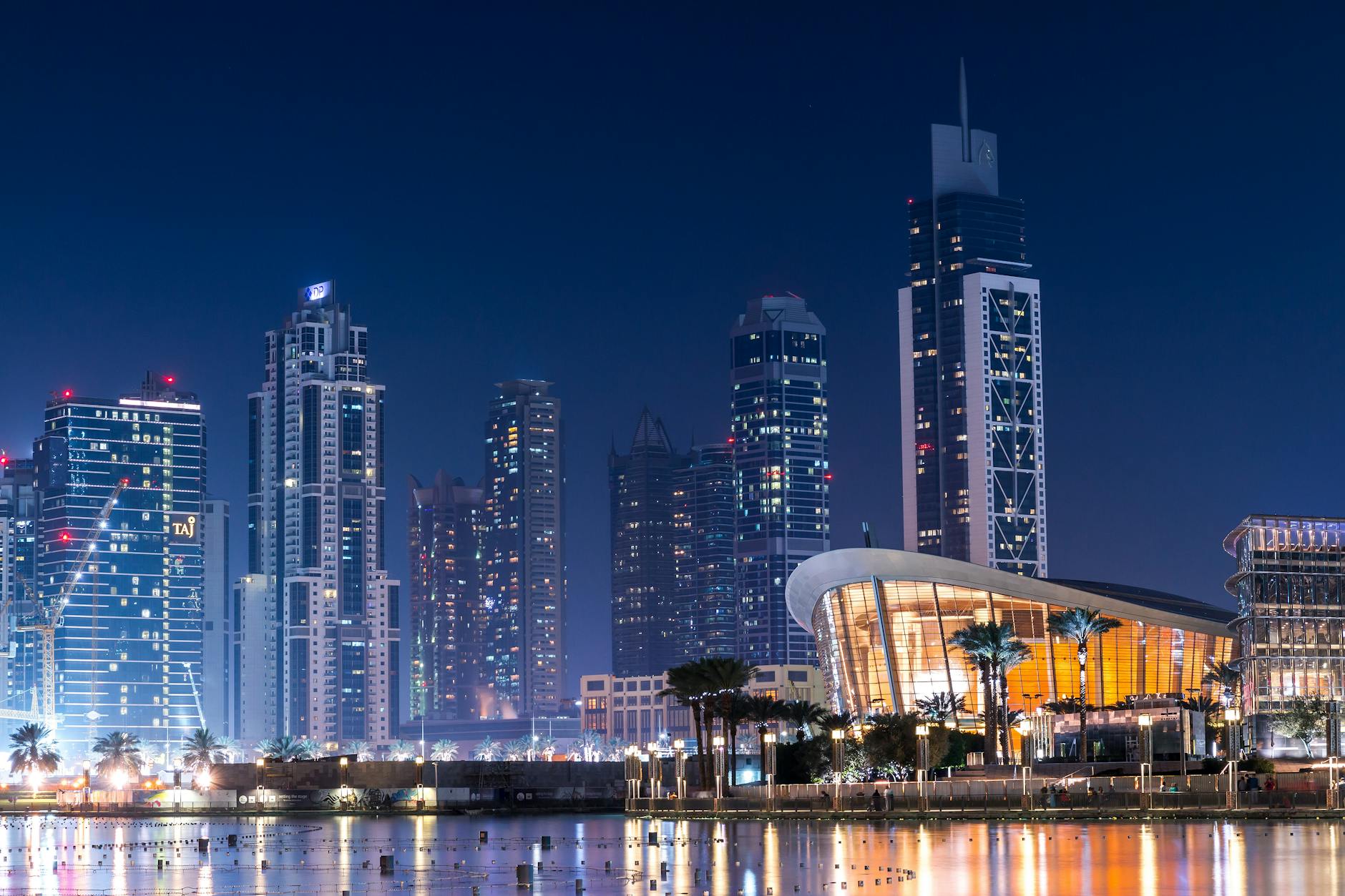Is Australia the Next Frontier for Sustainable Tourism?

Assessing Australia's Unique Appeal
When it comes to South America holidays, immersing oneself in rich biodiversity is often at the forefront of the agenda. However, it's essential to remember that Australia's landscapes offer an equally captivating canvas for eco-conscious professionals with an eye for storytelling. Our unique flora and fauna can rival the sensationalism of a penguin colony in Antarctica travel, yet have you considered the allure of the Royal Botanic Gardens Melbourne? Beyond just an ecological wonderland, it symbolises the country’s commitment to conservation and sustainable practices, making it a treasure for any documentarian like Max with a passion for nature.
Exploring Australia's diverse cultural landscapes reveals a tapestry of stories, much like the stirring narratives found in South America tours. The blend of indigenous traditions with modern urban culture offers a complex tapestry for filmmakers to explore. Whether you’re documenting the dynamic performances of the Aboriginal communities or the bustling life in Melbourne's eclectic neighbourhoods, you come across an extensive palette of experiences.
Finally, Australia's lesser-known destinations present an opportunity for groundbreaking eco-policy analyses. These hidden gems, whether it’s an isolated mountain range or an untouched coastal stretch, can provide profound environmental narratives. They not only sustain biodiversity but encapsulate the sense of uncharted wonder crucial for documentaries. Engaging with these areas aligns closely with the eco-friendly practices of Melbourne Zoo and reflects Australia's broader eco-conscious ethos.
Sustainable Tourism Practices
Eco-Friendly Accommodations
In recent years, there has been a noticeable shift towards eco-friendly accommodations in Australia, aligning with the green spaces found at Yarra Bend Park. From sustainable lodgings designed to minimize ecological footprints, to hostels that implement water conservation measures, the options are plentiful. Many of these accommodations are situated near significant ecotourism destinations, allowing for easier access without added environmental impact.
Community-Based Initiatives
Numerous communities across Australia have embraced sustainability by integrating eco-friendly practices inspired by places like the Royal Botanic Gardens Melbourne. Local initiatives encourage tourists to engage with and support conservation efforts directly. These projects often focus on preserving local flora and fauna, as well as promoting cultural heritage. Involvement in such initiatives, including Cuba tours, often provides a richer, more meaningful travel experience.
Protecting Natural Reserves
Preserving natural habitats remains a priority in Australia, much like the Machu Picchu tours focus on environmental conservation. Many protected areas, such as national parks and marine reserves, have been established to safeguard biodiversity. These reserves implement strategies that limit human impact while promoting responsible tourism. Engaging with these spaces not only supports ecological integrity but also ensures that spectacular locations remain pristine for future generations.
For those dedicated to documenting global wonders, including unique sites only accessible through specialised expeditions like Arctic cruises, understanding and supporting sustainable tourism practices can amplify the impact of one's work. It provides a model for balancing exploration and conservation.
Documenting Australian Heritage
Filming Tips for Unique Wildlife
When venturing into the enthralling task of capturing Australia's unique wildlife on film, preparation is key. Ensuring your filming gear is equipped for varied terrains can make a substantial difference, much like the meticulous standards seen in the eco-friendly practices of Melbourne Zoo. Utilize lightweight, durable equipment for manoeuvring through rugged landscapes, similar to the dynamic environment found at the Royal Botanic Gardens Melbourne. Battery life is paramount, so invest in solar-powered charging solutions, aligning with the eco-conscious choices you value.
Camera placement to film wildlife undisturbed involves creative strategies, such as using natural hides. Engaging with park rangers or local guides can deepen your understanding of the habitats, giving you a workable knowledge of your subjects. Dusk and dawn are prime times for activity, offering the most impactful footage.
Capturing Indigenous Cultures
Documenting the diverse Indigenous cultures across Australia invites a sensitive, respectful approach. Invest time in building relationships with community elders who can offer invaluable insights and permissions. Adopting a collaborative approach can yield authentic stories and promote cultural appreciation, resonating with the ethos of eco-policy analyses. Respectful narratives require you to seek meaningful permissions and share benefits through mutual agreements or donations to community initiatives.
Engaging Local Experts
Collaborating with local experts provides not only insight but authenticity to your project. Whether it's engaging with park conservationists or scholars specialising in the Galapagos Islands tours or Tanzania tours, these interactions enrich your narrative. Establishing a network of experts adds credibility and offers you logistical understanding, which is crucial in navigating permit processes and ensuring smooth productions across diverse landscapes.
Challenges for Documentarians
Navigating Remote Areas
For those working in the field of documentary filmmaking, the challenge of navigating remote areas is a significant concern. The logistics of transporting equipment, securing permits, and coordinating with local guides can be daunting, particularly in regions like South America, where infrastructure may be limited. Successful South America travel requires a strategic blend of meticulous planning and adaptability, much like a well-organised session at the Royal Botanic Gardens Melbourne.
Securing Sustainable Partnerships
Building sustainable partnerships is another hurdle. For filmmakers passionate about showcasing ecological stories, forming alliances with environmentally conscious organisations is crucial. This involves aligning with entities that prioritise eco-friendly practices, similar to what is seen at Melbourne Zoo. These partnerships can offer critical support and resources, enhancing the impact and reach of your projects.
Overcoming Environmental Concerns
The environmental concerns faced by documentarians are multifaceted. From climate change impacts to biodiversity loss, filmmakers must be prepared to adapt their practices to minimise ecological footprints. This effort parallels the green initiatives observed at Yarra Bend Park, where sustainable practices are ingrained in preservation efforts. By incorporating Central America tours into your itinerary, you can draw inspiration from regions that balance tourism with conservation.
Each of these challenges necessitates thoughtful strategies, emphasising the importance of thorough preparation and a commitment to sustainable and responsible storytelling.
Strategic Action Steps for Filmmakers
Research and Preparation for Impact
As an eco-conscious consultant, it's essential to prioritize comprehensive research and meticulous pre-production planning. This foundation allows filmmakers to obtain necessary permits and permissions, especially when capturing rare wildlife moments. By understanding local eco-policies, you can align your projects with Melbourne's own eco-friendly principles, such as those observed at the Royal Botanic Gardens Melbourne. Leveraging these insights will not only streamline logistics but also bolster your project's credibility and sustainability.
Crafting Compelling Environmental Narratives
Building narratives that resonate requires deep engagement with the environment and its stories. It's vital for filmmakers to construct stories that highlight the eco-friendly practices of revered institutions like the Melbourne Zoo, making the beauty and vulnerabilities of Australia's rich biodiversity both vivid and relatable. By integrating these elements, your work can inspire audiences to appreciate and protect Australia's natural heritage while also supporting lesser known tourism destinations that may offer untapped storytelling opportunities.
Amplifying Reach Through Digital Platforms
In today's digital age, selecting appropriate platforms for showcasing films is crucial. Digital media enables filmmakers to share environmental narratives widely, reaching a global audience while emphasizing messages of sustainability. Engaging with eco-aware communities online, whether through social media or eco-centric forums, further promotes the essence of projects. This digital presence can also be a strategic tool in generating interest and support for future eco-projects, weaving narratives of green spaces like Yarra Bend Park into the global conversation.


